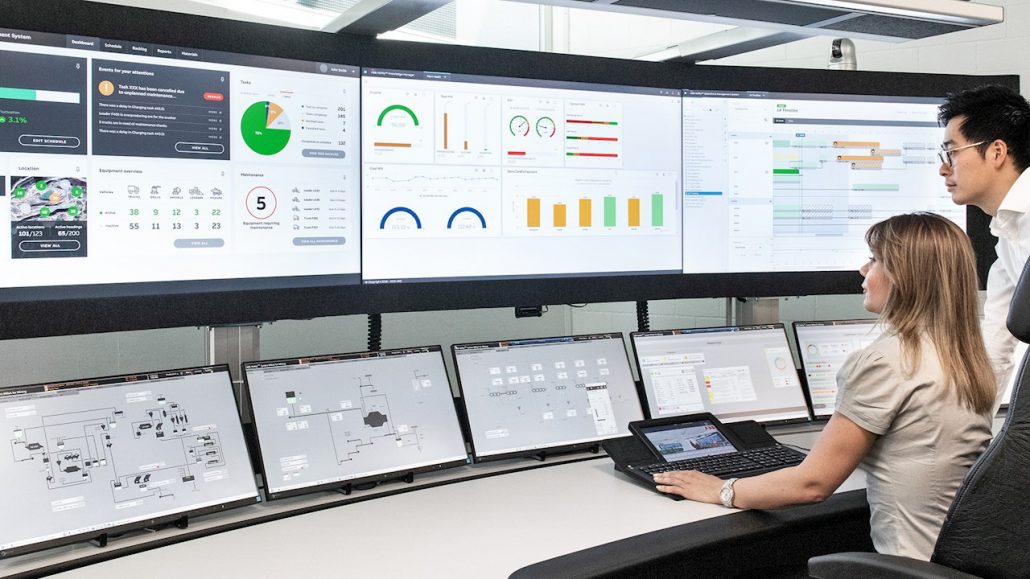
The mining industry continues to grapple with fragmented data across its operations, undermining efficiency and profitability. The need for advanced mining data integration has never been more critical. Despite the push toward digital transformation, many mining operations still rely on outdated practices, such as paper-based reporting and manual spreadsheets. These inefficiencies contribute to delays, increased costs, and lost productivity. To address these issues, ABB has introduced a game-changing solution: the ABB Ability™ Operations Management System (OMS).
ABB’s OMS: Streamlining Operations for Better Efficiency
ABB’s OMS integrates data from various mining processes, from the mine face to enterprise-level reporting. This unified system replaces fragmented data management with seamless connectivity, improving communication between planning, execution, and reporting. Mining data integration helps solve these communication challenges. McKinsey & Company’s report highlights that optimizing the mine-to-market value chain presents a significant opportunity for growth. ABB’s OMS directly addresses this by offering an all-in-one platform that improves operational efficiency and streamlines decision-making.
Data fragmentation often leads to costly delays. For example, when compiling end-of-month reports, mining teams spend considerable time collecting and verifying data from multiple sources. Superior mining data integration can alleviate these issues. In high-stakes situations, like equipment failure underground, the lack of real-time data can result in severe operational disruptions. Operators typically rely on radio communications or shift schedules to make crucial decisions. This lack of integration hinders timely decisions and negatively impacts production targets and revenue.
Real-Time Decision-Making: A New Era of Mining Operations
ABB’s OMS features Short Interval Control (SIC), enabling real-time decision-making. The system quickly analyzes operational data and suggests optimal strategies in case of equipment failure. According to ABB, this feature can cut decision-making time by up to 33 minutes per 12-hour shift. This results in four extra hours of production per week, boosting overall productivity. This type of mining data integration allows mines to transition from traditional siloed management to a more dynamic approach, transforming how they operate on a day-to-day basis.
Gold Fields’ Granny Smith Mine in Australia offers a compelling example of OMS in action. Before the OMS implementation, the mine relied on radio communication and paper-based schedules, leading to inefficient resource allocation and delays. With the digital transition, Gold Fields connected all equipment—both fixed and mobile—improving scheduling and operational coordination. Operators now receive real-time work orders via rugged HMI devices, instantly reporting task progress or interruptions. This has dramatically increased efficiency, especially in underground operations, where traditional oversight was often limited.
Supporting Sustainability and ESG Goals
Beyond operational efficiency, ABB’s OMS contributes to sustainability. The mining industry faces mounting pressure to meet Environmental, Social, and Governance (ESG) targets, and integrated systems can play a crucial role in achieving these goals. ABB’s strong mining data integration helps monitor environmental impact, manage electrification projects, and optimize resource allocation. At Granny Smith, the transition to a fully digitalized system has reduced equipment movement, leading to a smaller carbon footprint. This demonstrates how technology can align productivity with environmental responsibility.
A Major Shift for the Mining Industry
The move from disconnected, siloed operations to fully integrated systems marks a significant transformation for the mining industry. ABB’s OMS exemplifies how data-driven solutions, underpinned by mining data integration, can enhance efficiency, safety, and environmental responsibility. As more mining companies adopt these systems, they will gain better control over their operations, reduce waste, and drive profitability. With these advancements, mining is entering a new era—one defined by greater integration, smarter decision-making, and improved sustainability in an increasingly complex global environment.




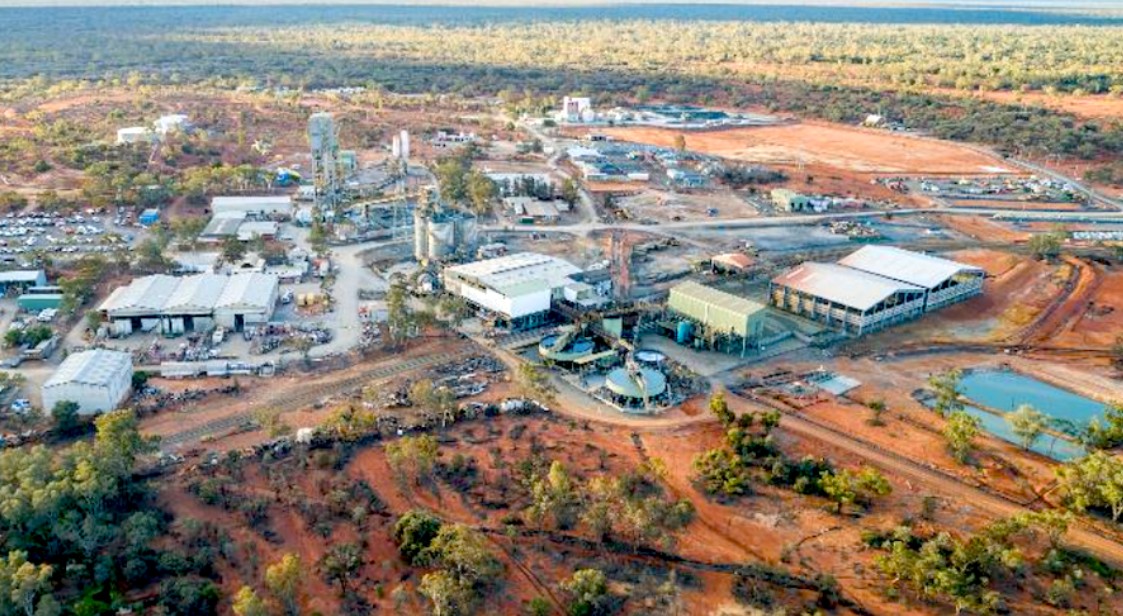


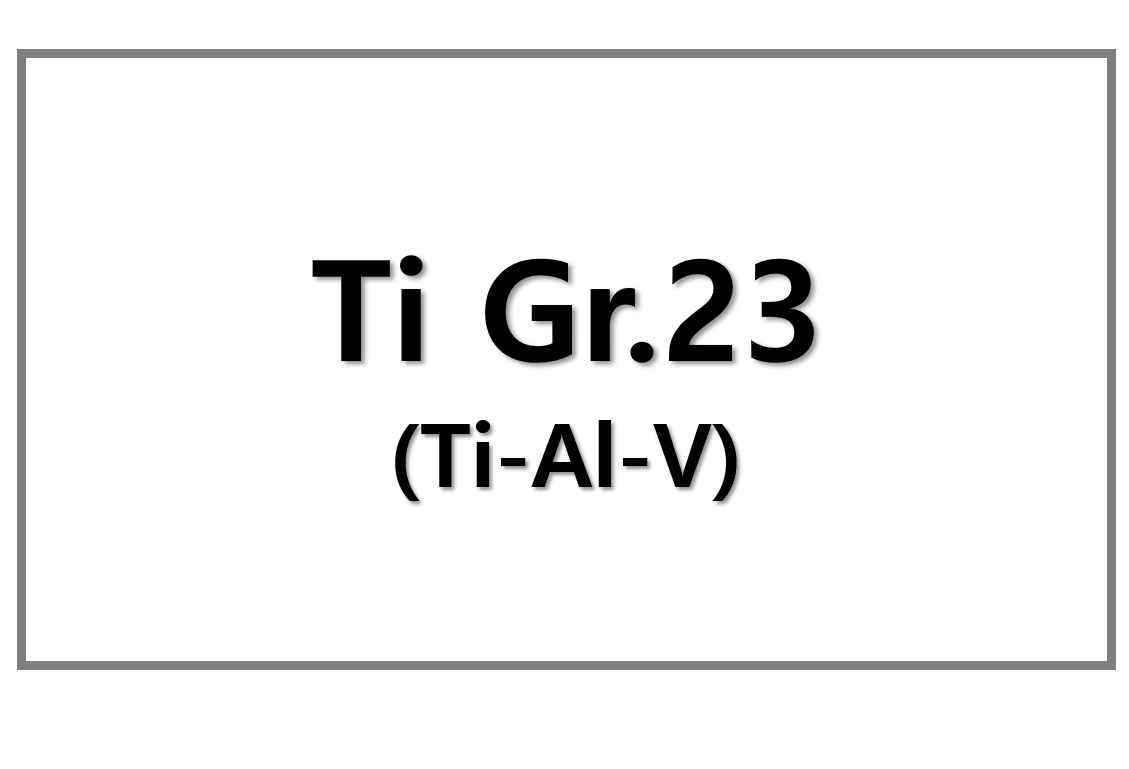
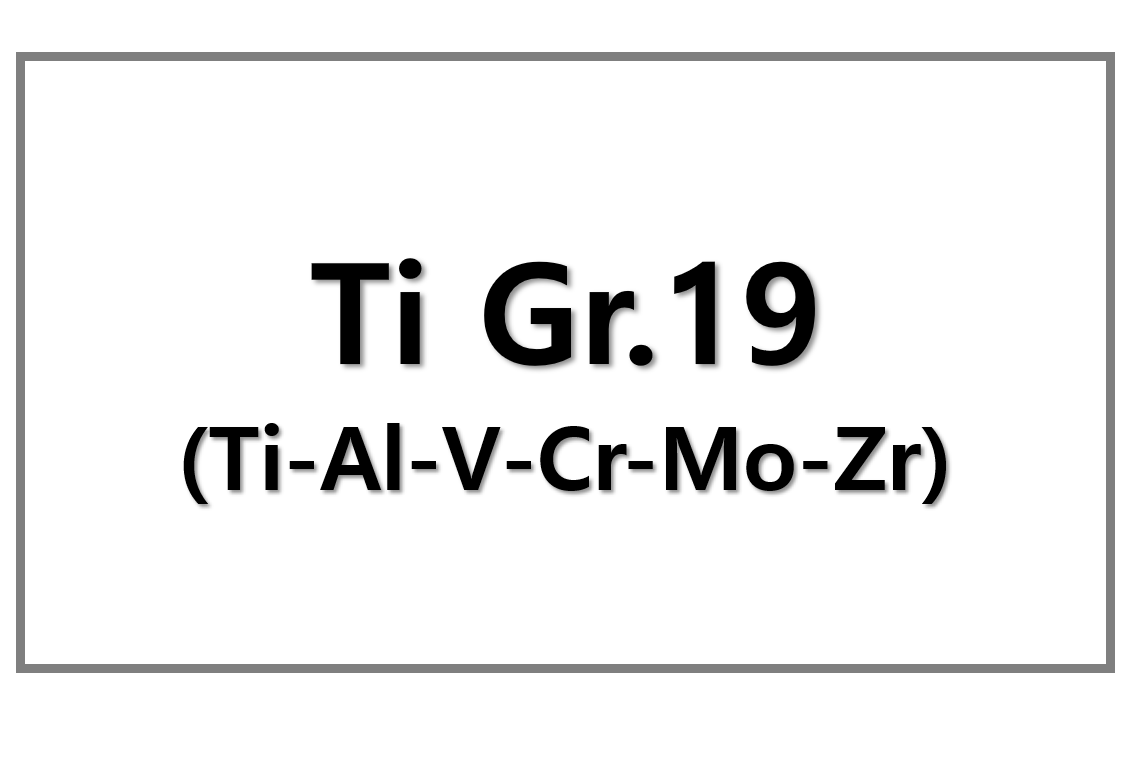
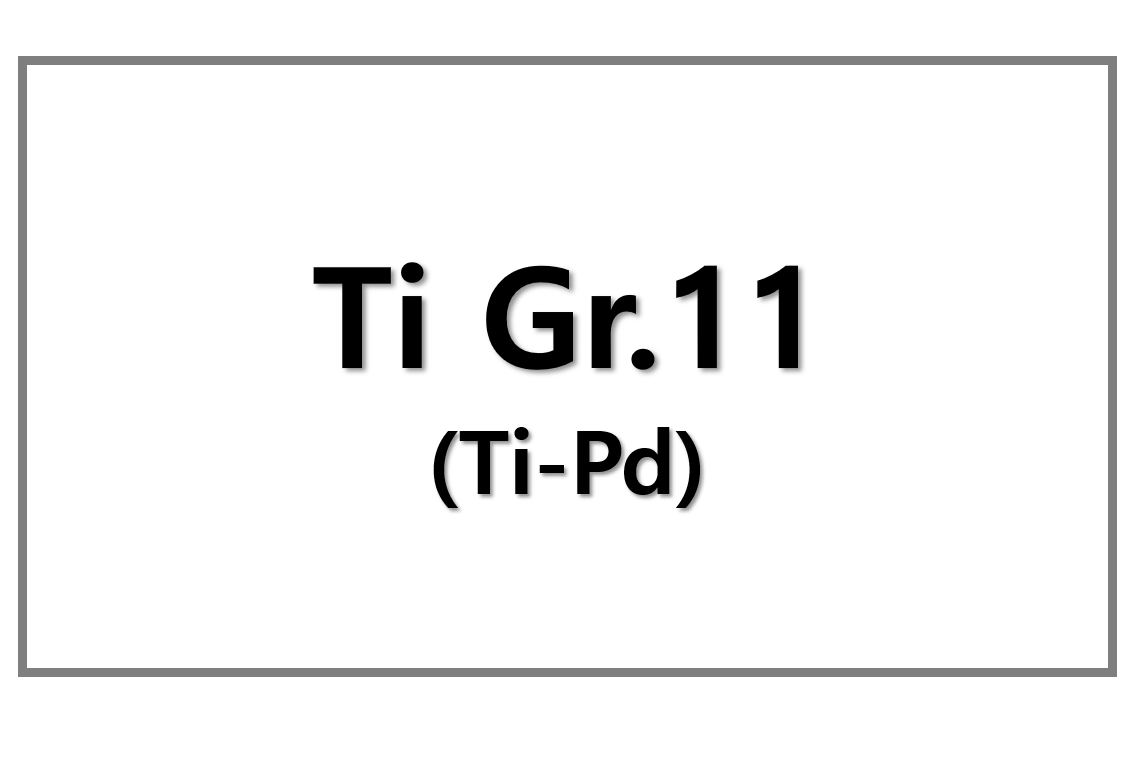
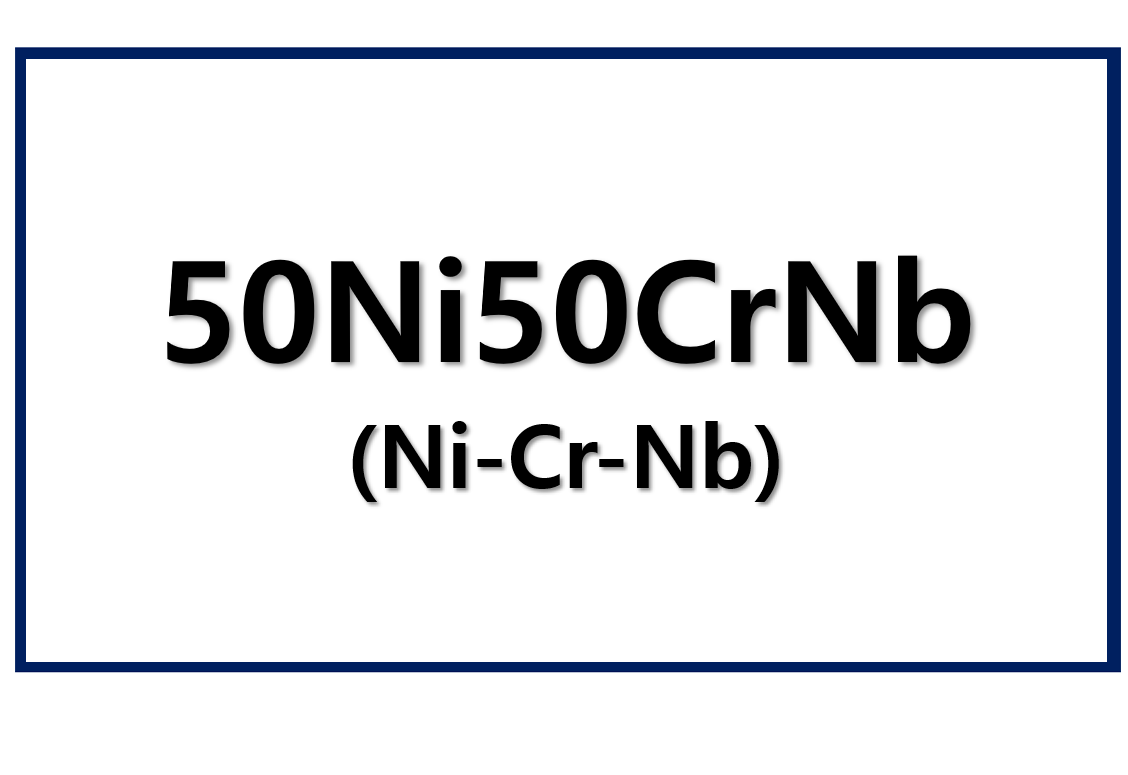
Leave a Reply
You must be logged in to post a comment.